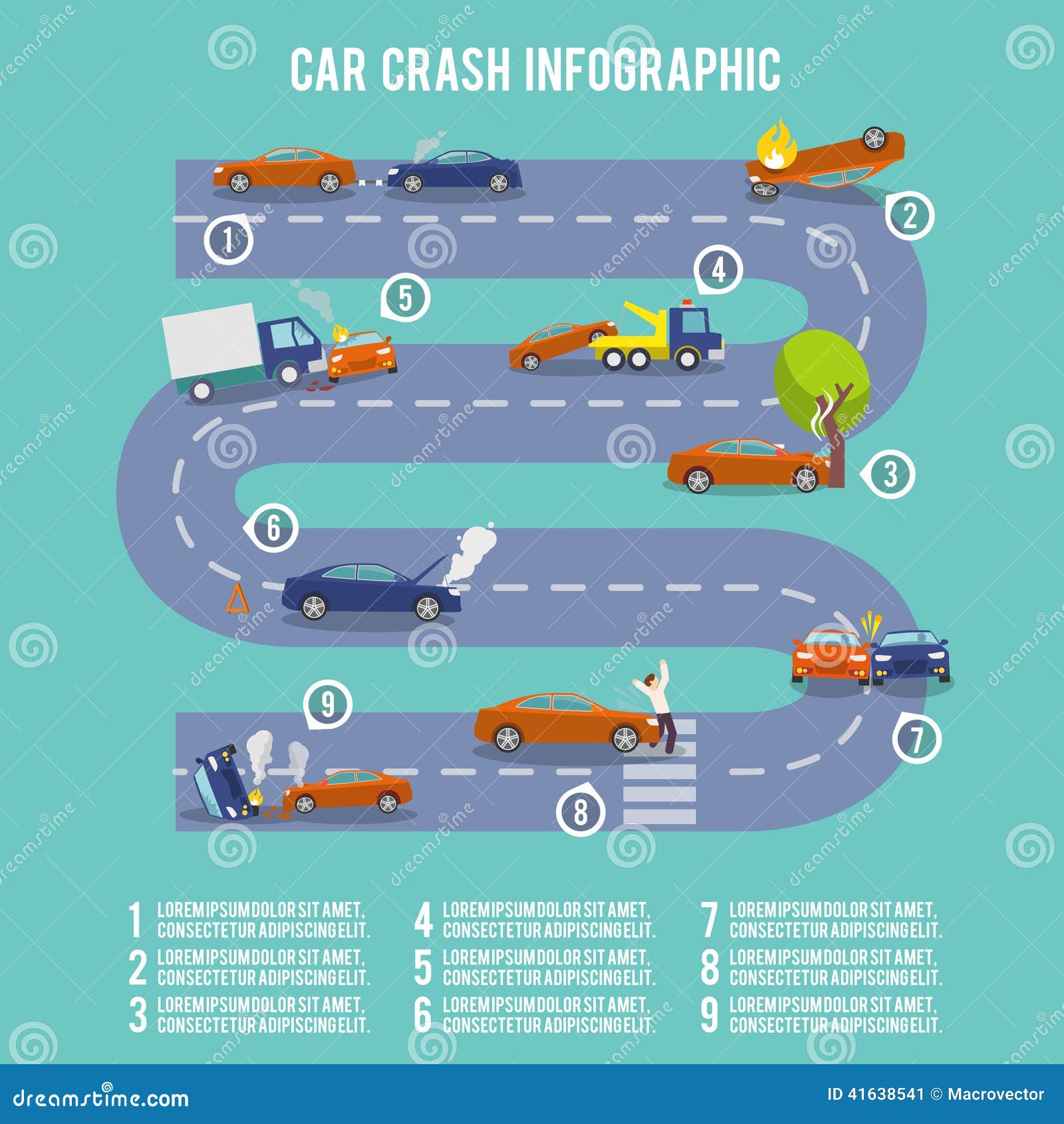Seeking Clarity On The Caution Lights Presented On Your Car'S Dashboard? Figure Out Exactly How They Connect To Your Automobile'S Health And Safety
Seeking Clarity On The Caution Lights Presented On Your Car'S Dashboard? Figure Out Exactly How They Connect To Your Automobile'S Health And Safety
Blog Article
Content Develop By-Hartley Shepherd
When you're behind the wheel, those beautiful caution lights on your control panel can be a bit bewildering. Do you recognize what they're trying to inform you about your vehicle's health and wellness? Comprehending the relevance of these lights is vital for your safety and security and the durability of your vehicle. So, the following time one of those lights turns up, would not you wish to decode its message precisely and take the essential actions to resolve it?
Common Warning Lights and Interpretations
Identify typical warning lights in your cars and truck and recognize their definitions to make certain secure driving.
One of the most common warning lights consist of the check engine light, which signals concerns with the engine or discharges system. If this light comes on, it's critical to have your lorry inspected without delay.
The oil stress warning light suggests reduced oil stress, requiring instant interest to avoid engine damages.
https://www.wnep.com/article/news/local/luzerne-county/luzerne-county-auto-repair-closing-up-shop-after-93-years-in-business-larry-churnetski-daryl-metric/523-f2875077-8cfd-4d29-b70d-867823ce8d3d blinking battery light might suggest a malfunctioning billing system, possibly leaving you stranded if not dealt with.
The tire pressure surveillance system (TPMS) light alerts you to low tire stress, impacting automobile security and gas effectiveness. Disregarding this can lead to harmful driving conditions.
The abdominal light shows an issue with the anti-lock braking system, compromising your ability to quit promptly in emergency situations.
Last but not least, the coolant temperature alerting light warns of engine getting too hot, which can lead to serious damages otherwise fixed swiftly.
Understanding these usual warning lights will aid you attend to issues promptly and maintain secure driving conditions.
Significance of Prompt Interest
Recognizing the typical warning lights in your car is only the initial step; the importance of immediately resolving these cautions can't be highlighted enough to ensure your security on the road.
When a caution light illuminates on your dashboard, it's your auto's means of connecting a potential issue that requires attention. Ignoring these cautions can lead to much more extreme problems in the future, endangering your safety and possibly costing you a lot more in repairs.
Motivate focus to alerting lights can stop break downs and accidents. For example, a blinking check engine light might indicate a misfire that, if left unattended, could trigger damages to the catalytic converter. Addressing this without delay can conserve you from an expensive fixing.
Similarly, a brake system cautioning light may signify reduced brake fluid or used brake pads, crucial parts for your safety and security when driving.
Do It Yourself Troubleshooting Tips
If you see a warning light on your control panel, there are a few DIY repairing tips you can attempt prior to looking for professional assistance.
The primary step is to consult your automobile's manual to comprehend what the specific caution light suggests. Sometimes the concern can be as straightforward as a loosened gas cap causing the check engine light. Tightening up the gas cap may fix the problem.
One more typical problem is a low battery, which can cause various cautioning lights. Checking the battery links for deterioration and guaranteeing they're secure may take care of the issue.
If a warning light persists, you can try resetting it by disconnecting the vehicle's battery for a few minutes and after that reconnecting it. Furthermore, checking your car's fluid degrees, such as oil, coolant, and brake fluid, can help repair cautioning lights associated with these systems.
Final thought
To conclude, understanding your automobile's caution lights is important for maintaining your automobile running smoothly and securely. By promptly attending to these informs and knowing what they indicate, you can avoid pricey repair services and possible failures.
Remember to consult https://jeffreyojdyr.targetblogs.com/30461244/the-transformation-of-car-describing-practices-over-the-last-ten-years for specific details on each alerting light and take action appropriately to make certain a trouble-free driving experience.
Keep notified, remain safe on the road!
